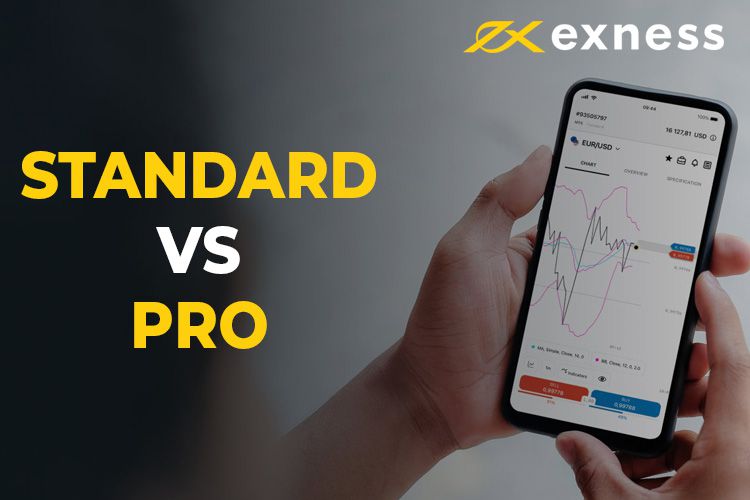
Understanding Margin Requirements Exness
When trading in the financial markets, understanding margin requirements is crucial for successful trading strategies. Margin is the amount of money that a trader needs to deposit with a broker to open and maintain a position. For traders using the brokerage service provided by Exness, learning about margin requirements is essential for effective risk management and trading performance. You can find more details about this on margin requirements exness exbroker-argentina.com. In this article, we will explore what margin requirements are, how they are calculated, and the implications of these requirements for traders using Exness.
What are Margin Requirements?
Margin requirements represent a percentage of the full value of a trading position that a trader must deposit to the brokerage in order to open a trade. This small percentage allows traders to leverage their positions, trading larger amounts than they would be able to with their own capital alone. For instance, if a trader wants to control a position worth $10,000 and the required margin is 1%, they would only need to deposit $100. This leverage can amplify both potential gains and potential losses.
Types of Margin
Exness, like many brokers, uses different types of margin requirements depending on the assets being traded and the account type. The main types of margin include:

- Initial Margin: This is the amount required to open a new position. It is often expressed as a percentage of the total value of the trade.
- Maintenance Margin: This is the minimum amount of equity a trader must maintain in their margin account to keep a position open. If the equity falls below this level, the broker may issue a margin call.
- Free Margin: This is the amount available to open new positions. It is calculated by subtracting the margin used from the account equity.
How Margin Requirements are Calculated at Exness
Margin requirements at Exness are calculated based on several factors including the type of account, the instrument being traded, and the leverage chosen by the trader. Exness offers various account types with different leverage options, which can affect margin calculations. For example, a higher leverage allows traders to control more significant positions with less capital, thereby reducing the margin requirement. To calculate the margin needed for a trade, traders can use the following formula:
Margin = (Trade Size × Current Price) / Leverage
For instance, if a trader opens a position of 1 lot (which is generally 100,000 units) in EUR/USD at a price of 1.1200 with a leverage of 1:100, the required margin would be:
Margin = (1 × 100,000 × 1.1200) / 100 = $1,120
Importance of Understanding Margin Requirements

Understanding margin requirements is vital for several reasons:
- Risk Management: Keeping track of margin requirements helps traders avoid margin calls and forced liquidations of their positions. By knowing how much margin is required, traders can manage their positions effectively.
- Strategic Decisions: Recognizing how leverage affects margin can help traders make informed decisions about the size of their trades and leverage used.
- Financial Stability: Over-leveraging can lead to huge losses, especially in volatile markets. Being aware of the margin requirements ensures that traders do not take on excessive risk.
Margin Calls and Liquidation
If a trader’s account equity falls below the required maintenance margin due to losses in open positions, the broker may issue a margin call. This means that the trader must deposit additional funds into their account or close some positions to bring their account balance back above the maintenance margin level. If the trader fails to do this, the broker reserves the right to close any or all open positions to prevent further losses. This process is known as liquidation.
Conclusion
Margin requirements are a fundamental aspect of trading with Exness or any other brokerage. Understanding how they work and keeping them in mind while trading is essential for effective risk management and long-term trading success. By being well-informed about margin policies, traders can navigate the complexities of leveraged trading with greater confidence and stability. Always monitor your margin levels, be cautious with leverage, and ensure that your trading strategy aligns with your risk tolerance.
In summary, whether you are a novice trader or an experienced market participant using Exness, taking the time to comprehend margin requirements can significantly enhance your trading experience and potential profitability. Happy trading!
